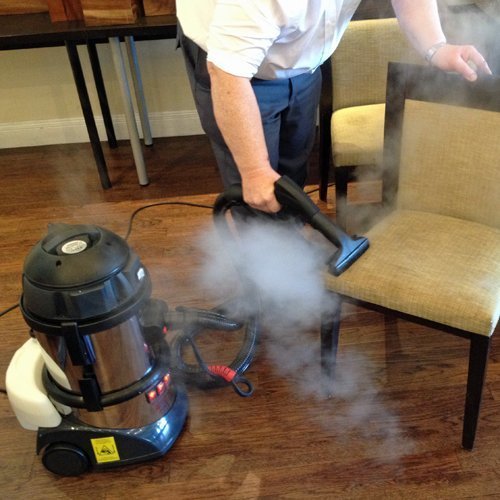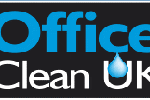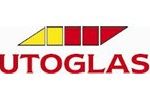In today’s fast-paced world, cleanliness is not just a choice, but a necessity. Whether you run a restaurant, a hotel, or any business where hygiene is paramount, a commercial steam cleaner can be your best ally. It’s not just a cleaning tool; it’s a game-changer. But how do you operate this powerhouse efficiently? Fear not! This comprehensive guide will walk you through the ins and outs of using a commercial steam cleaner, ensuring your space is not just clean, but immaculate.
Understanding the Basics
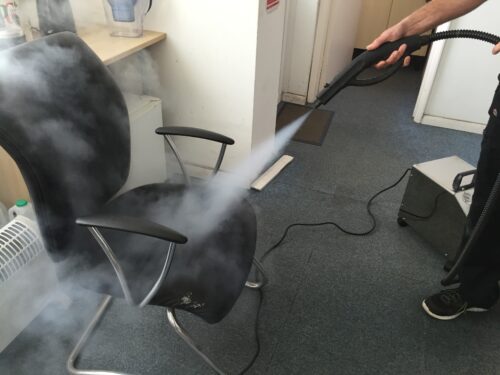
Before we dive into the operational details, let’s understand what makes a commercial steam cleaner different. Unlike traditional methods, steam cleaning uses high-temperature steam to sanitise and deodorise surfaces. It’s eco-friendly, efficient, and incredibly versatile, making it perfect for various applications.
1. Safety First: Preparing Your Workspace

Commercial Steam Cleaners operate at high temperatures. Safety should always be your top priority. Begin by clearing the area you plan to clean. Remove obstacles and fragile items. Ensure your staff and any bystanders are aware of the cleaning process and maintain a safe distance.
2. Familiarise Yourself with the Equipment
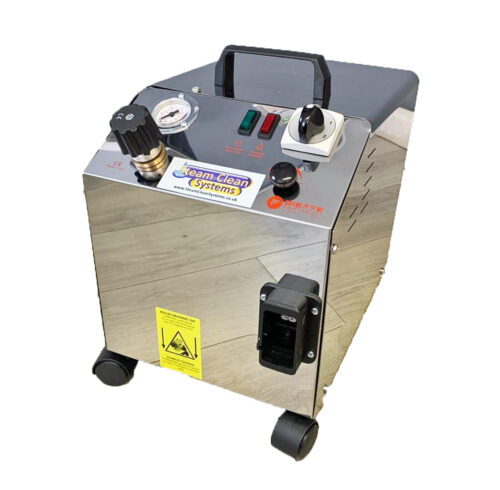
Every steam cleaner might have slight operational differences. Hence, it’s crucial to familiarise yourself with the specific commercial steam cleaner you’re using. Read the user manual thoroughly. Pay close attention to the knobs, buttons, and attachments. Understanding your equipment is the first step towards mastery.
3. Preparing the Surface

Before you start steaming, it’s essential to prepare the surface. Remove loose dirt and debris by sweeping or vacuuming. For stubborn stains, use appropriate cleaning agents recommended for the surface. Steam works wonders, but it’s more effective on a clean surface.
4. Mastering the Art of Steam Cleaning
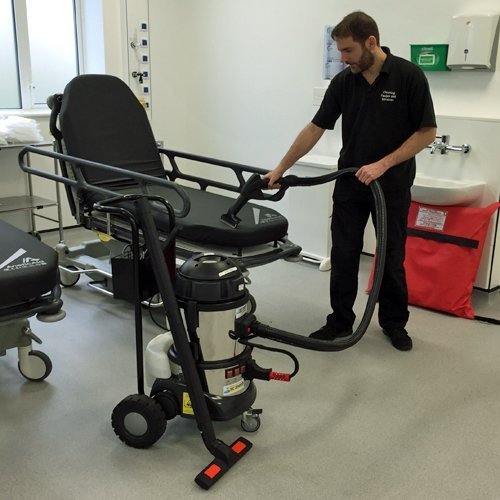
Now, let’s get down to the nitty-gritty of operating your commercial steam cleaner.
4.1 Filling the Water Tank

Begin by filling the water tank with distilled or demineralised water. Hard water can leave deposits and affect the machine’s performance. Fill the tank to the recommended level, usually indicated clearly on the equipment.
4.2 Attaching the Right Accessory
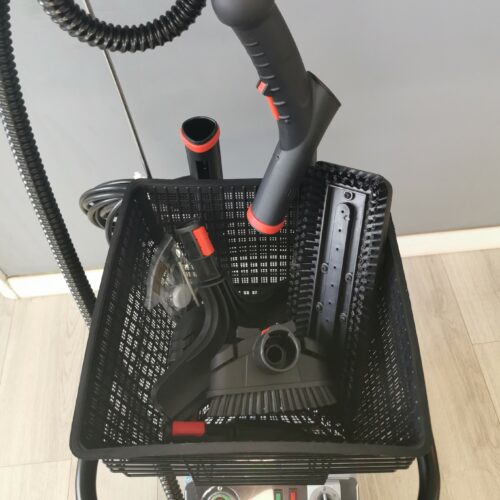
Commercial steam cleaners come with an array of attachments – brushes, nozzles, and extensions. Choose the appropriate accessory for the surface you’re cleaning. A small detail brush works wonders on grout, while a large floor brush is perfect for vast tile or hardwood areas.
4.3 Adjusting Steam Pressure
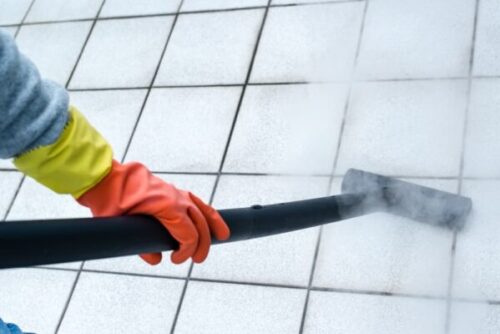
Most steam cleaners allow you to adjust the steam pressure. Start with a low setting, especially for delicate surfaces, and increase the pressure if needed. Always test on a small, inconspicuous area before tackling the entire surface.
4.4 Steaming Technique
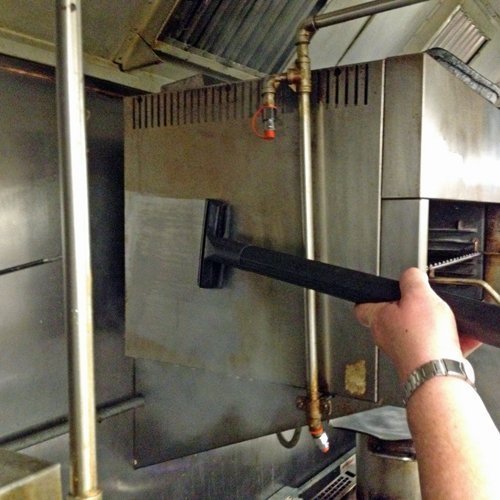
Hold the steam cleaner nozzle close to the surface without touching it directly. Move the nozzle slowly across the surface, allowing the steam to penetrate and sanitise. For stubborn stains, you can gently scrub using the attached brush while steaming.
4.5 Drying and Ventilation
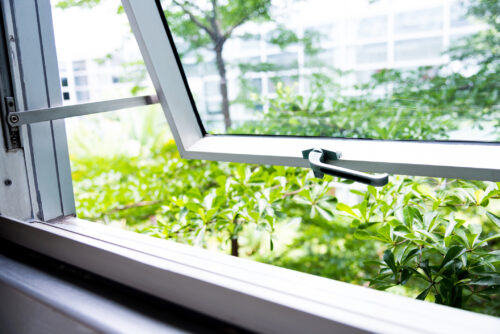
After steaming, allow the surface to dry thoroughly. Proper ventilation, such as open windows or fans, can expedite the drying process. Avoid walking on freshly steamed surfaces to prevent accidents and maintain the pristine cleanliness.
5. Post-Cleaning Care
Once you’ve successfully operated your commercial steam cleaner, it’s time for some post-cleaning care. Empty and clean the water tank, remove attachments, and store them properly. Regular maintenance ensures your steam cleaner’s longevity and optimal performance.
Check out our range of commercial steam cleaner
For more training information, see our Training Academy and Cleaning Machine ‘How To’ Videos
Contact us for any queries
Cleaning Equipment Services Ltd hire and sell a wide range of top-of-the-line cleaning equipment from industrial vacuums and floor scrubbers to pressure washers and floor polishers etc. We’re always available to answer any questions and provide guidance on the best cleaning methods and procedures. We’re also very patient and accommodating with explaining the operation and maintenance of the equipment.

